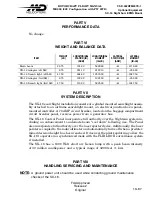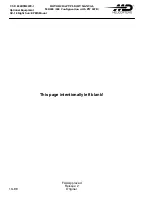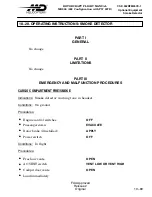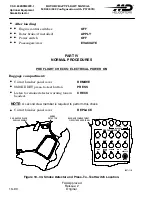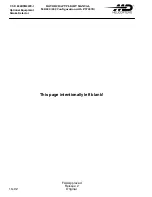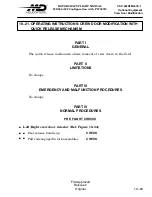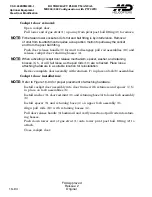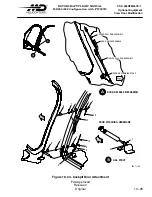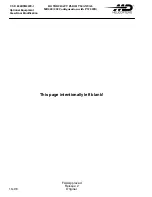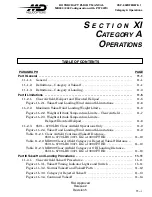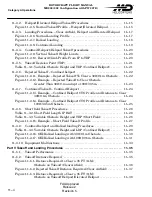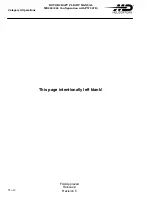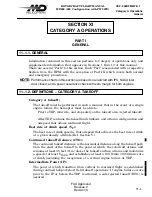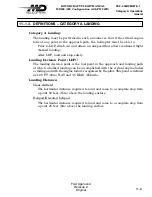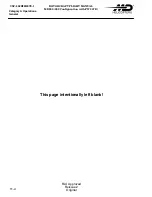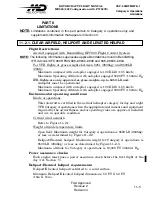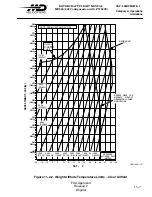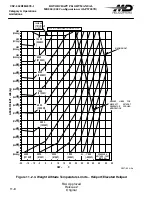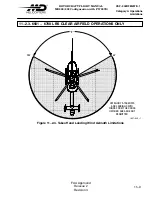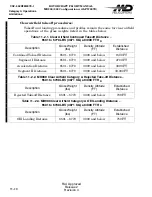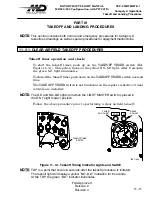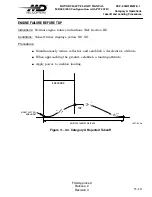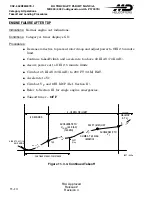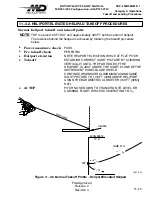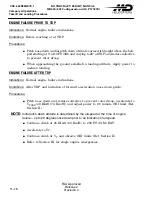
Category A Operations
General
CSP
−
902RFM207E
−
1
ROTORCRAFT FLIGHT MANUAL
MD900 (902 Configuration with PW 207E)
FAA Approved
Reissue 2
Revision 3
11
−
1
SECTION XI
CATEGORY A OPERATIONS
PART I
GENERAL
11
−
1.1. GENERAL
Information contained in this section pertains to Category A operations only and
supplements information that appears in Sections 1 thru 10 of this manual.
There are several ``Parts'' to this section. Each ``Part'' is associated with a respective
Section from the RFM, with the exception of Part III which covers both normal
and emergency procedures.
NOTE
:
Performance charts in this section are based on an aircraft with IPS, NACA inlet
door closed, and a power assurance check with zero margin for both engines.
11
−
1.2. DEFINITIONS
−
CATEGORY A TAKEOFF
Category A takeoff:
The takeoff must be performed in such a manner that in the event of a single
engine failure the helicopter must be able to:
Prior to TDP, return to, and stop safely on the takeoff area (rejected takeoff).
After TDP, continue the takeoff and climbout, and attain a configuration and
airspeed that allows continued flight.
Best rate of climb speed (V
Y
):
The best rate of climb speed is that airspeed that achieves the best rate of climb
at a given density altitude (Ref. Section V).
Continued takeoff distance (CTO):
The continued takeoff distance is the horizontal distance along the takeoff path
from the start of the takeoff to the point at which the rotorcraft attains and
remains
at least 35 feet (11m) above the takeoff surface, attains and maintains
a speed of at least
V
TOSS
, and establishes at least a 100 ft/min (30.5m/min) rate
of climb, assuming the recognition of a critical engine failure at TDP.
Intermediate Point (IP):
The point at which transition from vertical to rearward flight is established
during confined heliport/short field takeoff operations. If engine failure occurs
prior to the IP or before the TDP is attained, a safe rejected takeoff (RTO) is
assured.
Summary of Contents for MD900 Explorer
Page 4: ......

